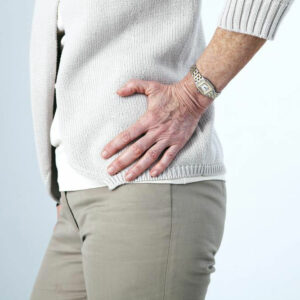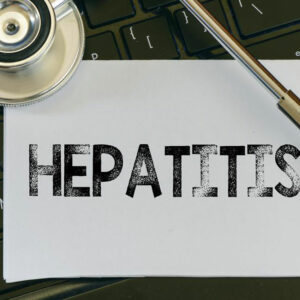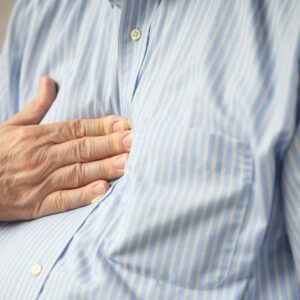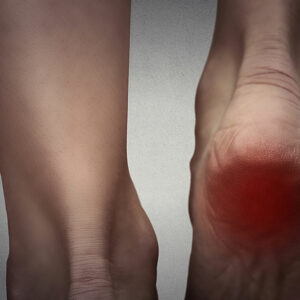
01
Red Eyes – Common Symptoms, Causes, and Treatment
Red eyes refer to a condition in which the white portion of the eye, known as sclera, becomes reddened or “bloodshot.” The redness occurs when the vessels in the eye become inflamed or irritated. Redness in the eye can manifest in various ways ranging from the occurrence of squiggly pink dots on some part of the sclera to the development of lines in the entire sclera. Red eye can happen in either one or both the eyes. A few symptoms associated with red eyes are as follows: Irritation Dryness Itching Pain Watery eyes Blurry vision Burning sensation Sensitivity to light Common causes of red bloodshot eyes There are several allergens present in the environment that can trigger red eye. These allergens include the following. Airborne allergens Pollution in the air caused by smoke Dry air in airplane cabins, closed office buildings, or arid climate Dust Airborne fumes generating from gasoline or solvents Chemical exposure caused by chlorine in swimming pools Excessive exposure to sunlight, for example, going out without wearing UV-blocking sunglasses Some serious eye conditions that can cause red eyes are as follows: Eye trauma or injury Eye infection Conjunctivitis Recent eye surgery including cosmetic eye surgery or laser treatment Scleritis, in which the sclera becomes excessively swollen and red Uveitis Acute glaucoma Corneal ulcer Few lifestyle factors can also trigger red eyes, such as the following. Smoking marijuana or tobacco Excessive alcohol consumption Continual use of digital devices Inadequate sleep Red eye treatment Simple measures can help treat red eyes. Some of these measures are as follows: Avoid rubbing eyes as it promotes mast cell degranulation and histamine release. Instead, you can use cool compresses to alleviate itching. In order to ease mild red eye symptoms, you need to close your eyes and splash cold water several times a day onto your eyelids.
Read More 










